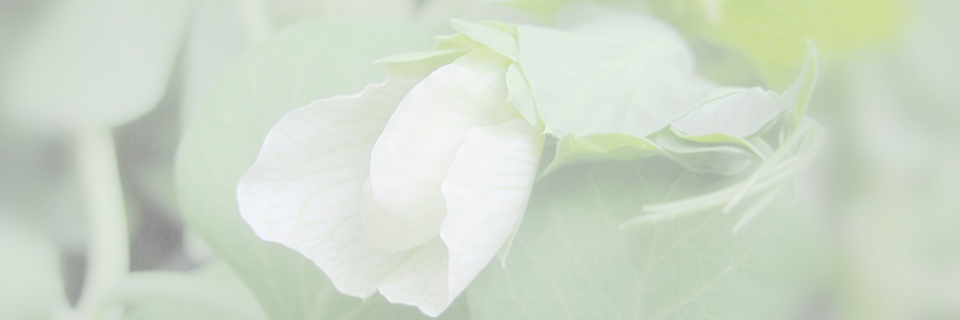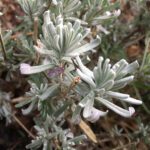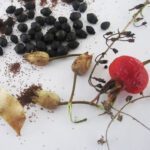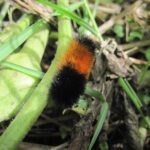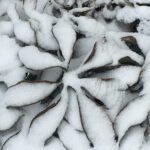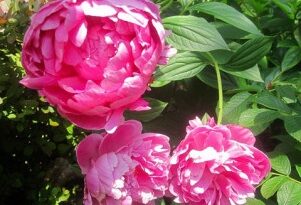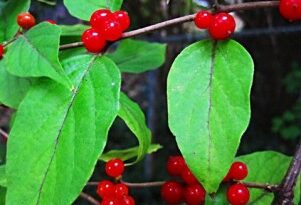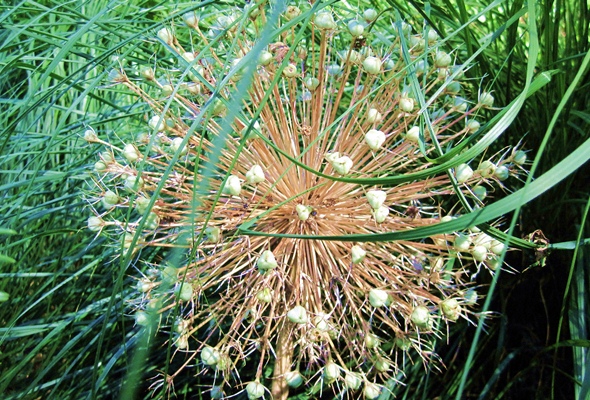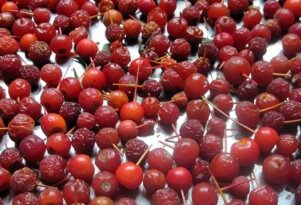Stories
LATEST FROM THE BLOG
Heirloom Perennials
The denizens of the cottage garden are usually of the heirloom variety, because this garden design was patched together from gifted plants, cuttings, collected seeds, pips and volunteer seedlings, which rarely come true from hybrids. In spring it boasts a delightful mix of primroses, hyacinths, daffodils, bleeding hearts, beardtongues, peonies, columbines, wild geraniums and lily-of-the-valley,
+ Read More
The Forest Floor
When woodland flowers come to mind, one usually thinks daffodils and crocuses, but the true forest blooms are smaller, wilder and more subdued, and grow in mass to paint the forest floor in large blocks of color. They usually come in white, yellow or purple, as these are the most common colors for wild flowers,
+ Read More
Texture
Garden design relies on color harmony, scale, fragrance and texture. Professional landscapers never overlook the last element, which is often the special ingredient which makes famous gardens enchanting. Texture comes from many sources. First, plants with lacy and spiky foliage, like ferns, astilbe, cosmos, delphiniums, ice plant: those are the usual go to choices for
+ Read More





